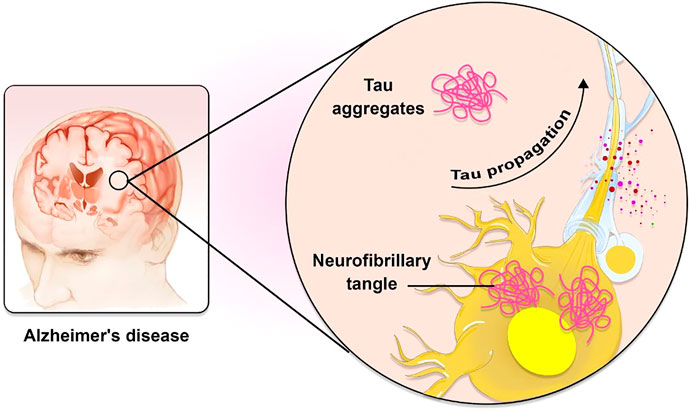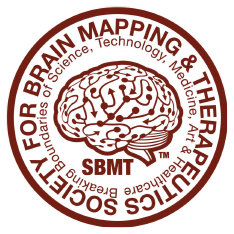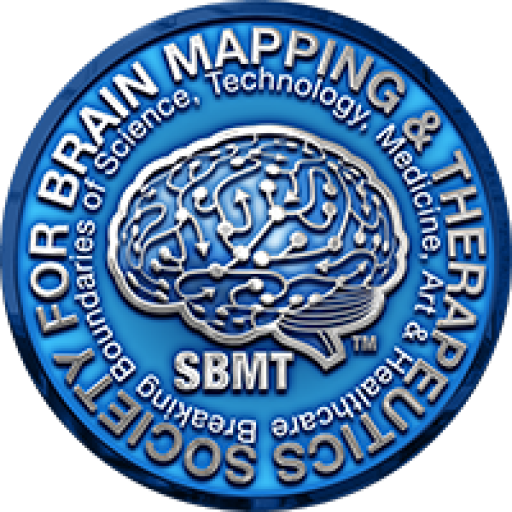
Objective:
To explore the development and potential of nanoscale surgical tools, and how they are improving neurosurgical procedures.
Introduction to Nanoscale Surgical Tools:
The development of nanoscale surgical tools represents a significant advancement in the field of neurosurgery. These tools, which operate at the molecular or atomic level, allow for unprecedented precision in surgical procedures. Nanosurgical tools have the potential to improve the outcomes of brain surgery, spinal cord repair, and other complex neurosurgical procedures by providing a higher level of control and reducing the risks associated with traditional techniques.
Key Nanoscale Surgical Tools:
Nanosurgical Scalpels:
- Nanosurgical scalpels, often made of carbon nanotubes or diamond-like carbon, are capable of making incisions at the nanoscale level. This allows for extreme precision in cutting through brain tissue or spinal structures with minimal damage to surrounding areas.
- Example: These scalpel-like tools could be used in brain tumor surgeries, where precision is required to remove tumors without damaging vital surrounding tissue.
Nanoneedles for Drug Delivery:
- Nanoneedles are incredibly fine needles made from materials like silicon or carbon that can be used to inject drugs, stem cells, or genetic material directly into brain tissues. These needles are small enough to avoid causing any significant damage, even in sensitive regions like the brain.
- Example: Nanoneedles can be used for injecting gene therapy or stem cells directly into the brain to repair neural damage or treat neurological disorders like Parkinson’s disease.
Nanomanipulators:
- Nanomanipulators are tools that allow for the precise manipulation of biological tissues and cells at the nanoscale. These devices can be used to reposition individual cells or molecules, offering great potential for repairing damaged brain tissue or performing delicate procedures like neural tissue reconstruction.
- Example: Nanomanipulators could be used in research settings to manipulate individual neurons to study their function or behavior, contributing to better understanding of neurological diseases.
Nanorobots for Surgery:
- Nanorobots are tiny, programmable robots that can be used to perform surgical tasks with extreme precision. These robots are capable of navigating through the bloodstream or other body tissues, making them ideal for minimally invasive procedures in neurosurgery.
- Example: A nanorobot could be directed to a brain tumor, where it could perform the surgery by removing the tumor or delivering drugs directly to the site.
Read the full article here.

Applications of Nanoscale Surgical Tools in Neurosurgery:
Minimally Invasive Brain Surgery:
- Nanoscale tools allow for brain surgery with smaller incisions and less tissue disruption, which leads to faster recovery times, less pain, and lower risk of complications. This is particularly important in delicate brain surgeries, such as those for tumor removal or spinal cord injury repair.
Precision Surgery for Brain Tumors:
- Using nanoscopes and other nanotechnologies, surgeons can visualize brain tumors in much greater detail, allowing them to remove tumors with greater precision and minimize damage to surrounding healthy tissue.
Real-World Example:
- Nanoparticles in Brain Tumor Treatment:
- Carbon Nanotube Scalpels:In a recent clinical trial, carbon nanotube-based nanoscalpels were used in surgeries to remove brain tumors. These scalpels allowed for more precise cuts with minimal damage to surrounding tissues, resulting in faster recovery times and fewer complications for patients.
Case Study:
- Nanoneedles in Alzheimer’s Disease Treatment:
- In a clinical trial, nanoneedles were used to deliver drugs directly into the brain of Alzheimer’s patients, significantly improving drug efficacy by ensuring the medication reached the target area without bypassing the blood-brain barrier.





